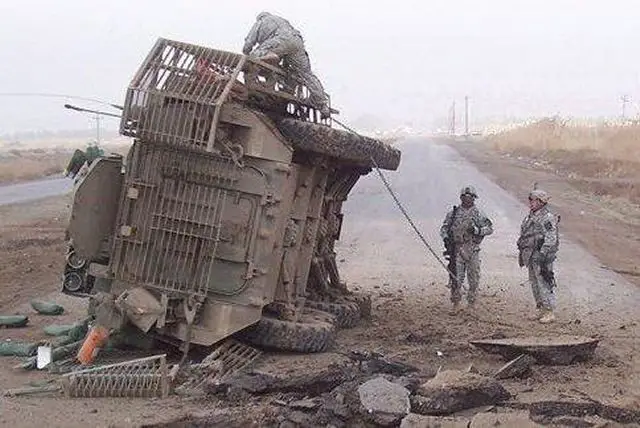Breaking news
Leidos Saturn Arch helps detect IEDs in Afghanistan 80108171.
| 2017
|
|
|||
|
Defense & Security News - Afghanistan
|
|||
|
|
|||
|
Leidos aerial detection system will help to detect improvised explosive devices in Afghanistan
|
|||
|
Leidos has been awarded a $61 million modification to an existing contract for operations and sustainment services for the U.S. Army's Saturn Arch intelligence, surveillance and reconnaissance program in Afghanistan, the Department of Defense announced on Friday.
|
|||
|
|
|||
 (source: US Army) |
|||
|
|
|||
|
The work will goes toward Saturn Arch quick reaction capabilities, sustainment and integration in Afghanistan as part of U.S. counter-IED operations in the country. Work is expected to be completed by Sept. 18, 2018. Saturn Arch is an aerial surveillance program that has been in service since 2010. It uses a variety of platforms and sensor assets for detecting and assisting in the removal of enemy IEDs and other threats.
The program has been expanded since its conception to include more conventional ISR missions and is designed to easily share data with Afghan security forces and international partners. IEDs have been the biggest killer of U.S. forces in Afghanistan since the 2001 invasion, and the U.S. military has invested heavily in systems capable of detecting and jamming them. Aerial platforms including manned and unmanned aircraft use electro-optical and infrared sensors, ground-penetrating radar, and radio-frequency detectors to locate IEDs, allowing friendly forces to either avoid or disable them. It also allows trends to be mapped to develop a picture of where the weapons are most concentrated in operations areas. |
|||



















